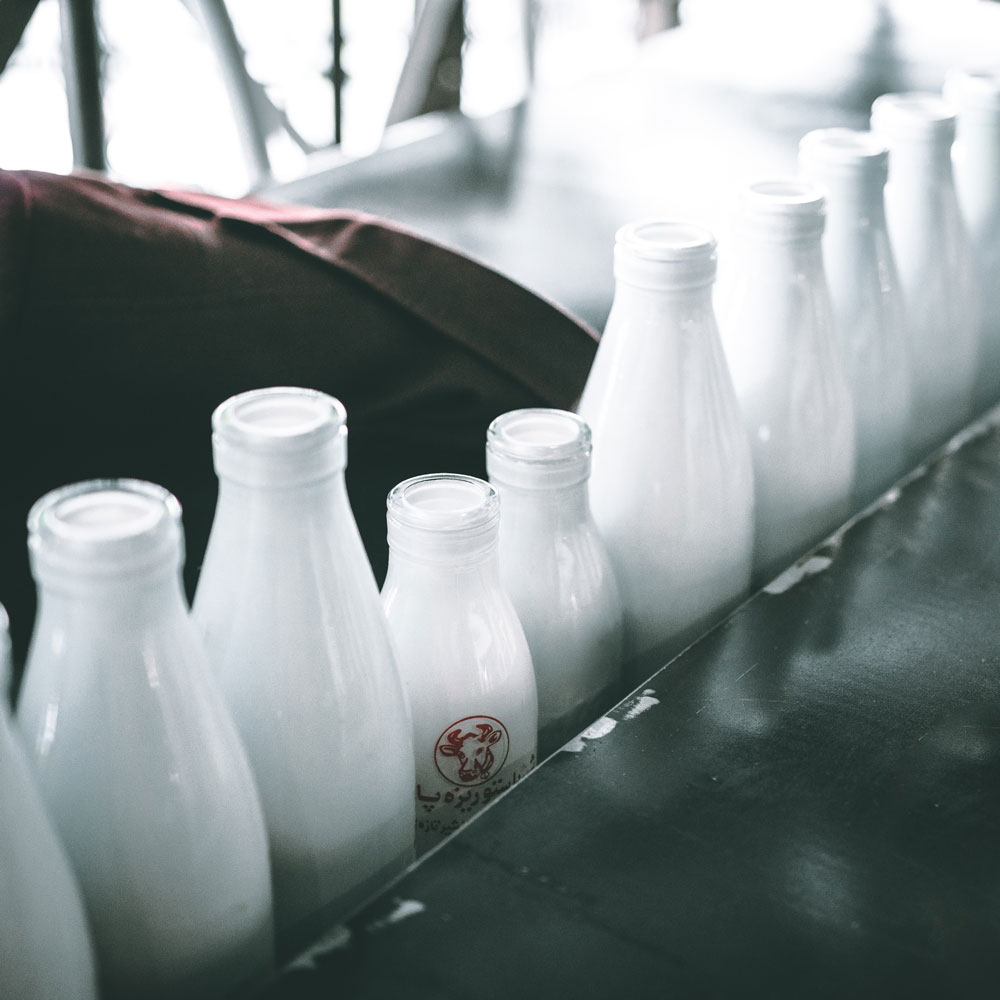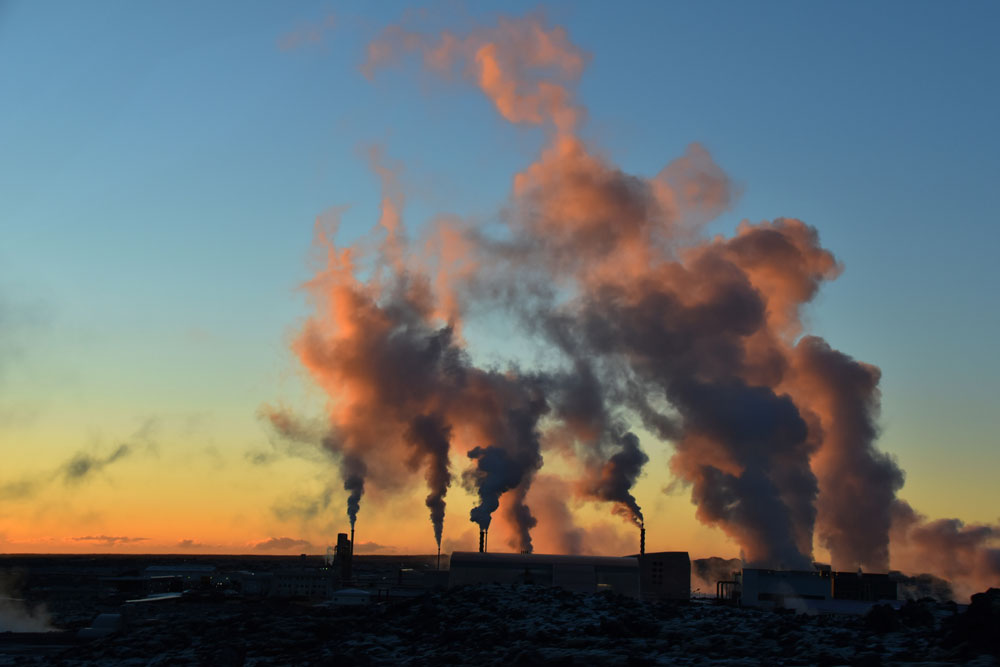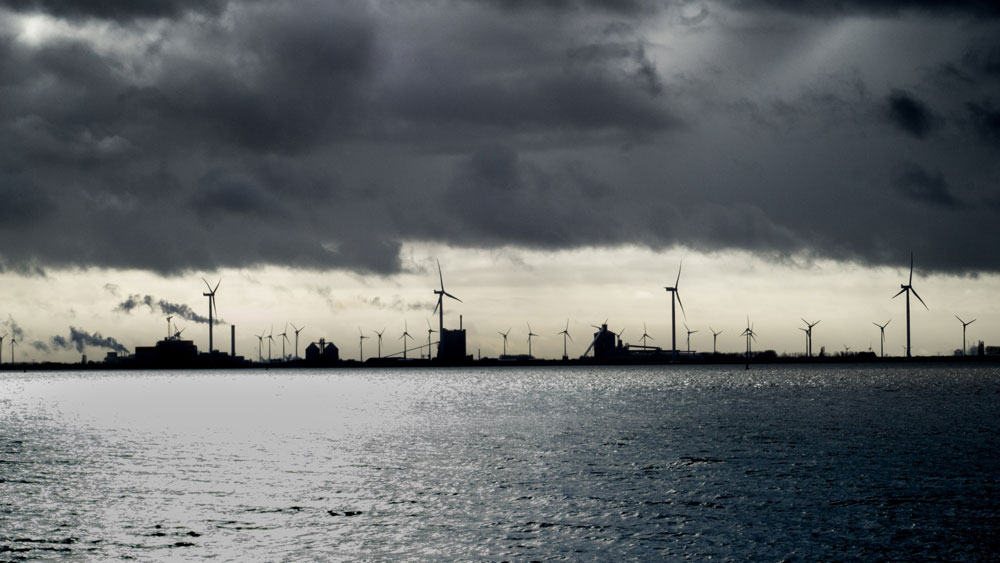Blog
Did you know that we can make heat and electricity from bio-waste?
There are ways in which biodegradable waste can be processed in a controlled manner and even increase its value.

When people stop focusing solely on themselves and expand their interest beyond the edge of their apartment, it is a good sign. The environment is certainly a topic that falls into the broader category of interest. In the following lines you can learn effective ways of processing bio-waste that is produced in both the municipal and industrial areas.
Sources of large amounts of bio-waste
Biowaste can make up to 50% of mixed household waste depending on various factors.
Many waste of a similar nature is formed in the restaurant and commercial chains and in the industry by production of the products themselves. What to do with this material?
Specific bacteria and energy generation from waste
There are ways in which biodegradable waste can be processed in a controlled manner and even in an increase in its value. Also that's why I called bio-waste a material.
It is the biochemical processes of specific bacteria commonly found in nature. In these processes only a few hundred cubic meters are concentrated in a small volume.
For a better understanding, imagine that for example one such bacterium per one square meter is present in nature and we will put ten thousand on the same area.

The activity of this mass of organisms will ensure the effective decomposition of the biological mass. Why did I use the word effective? Because this bacteria can produce gas containing energy-rich methane, the so-called biogas.
It means that organic matter - our waste that we thow out can be transformed into methane. By the way, methane is the main component of natural gas.
Using this way we can recover some of the energy that has been spent on producing the product, such as yogurt, beer, sugar, paper and many others.
A simple example
I give an example to make it clear once again. We produced a liter of milk that had to be milked, transported, pasteurized, packed, carried, unloaded, cooled, and such but failed to be sold – it became spoiled.

A simplified description of the process is as follows. The content of the bottle would be poured into one basin of bacteria accumulated in one place, into one container, into one biochemical reactor. Bacteria would be glad to, let´s say, eat it and create biogas.
Biogas is called biogan because it contains not only methane, but also a mixture of other gases such as carbon dioxide, hydrogen, nitrogen, sulphan. All of these gases, however, are formed in a smaller or much smaller amount.
Danger of landfilling of biowaste
As I have already mentioned, these bacteria are common in nature, but not in so concentrated populations, and so the same, to a certain extent, will also occur in the landfill. The disadvantage, however, is that these processes take longer, sometimes even years, and do not need to be controlled.
If they are not under control, the gases leak directly into the atmosphere as greenhouse gases. If landfills work well and responsibly, the gas (landfill gas or biogas) is captured and simply burned. However, the gas can be utilized and I can use the word again - efficiently.
Use extra energy from waste
What do I mean by effective use? I think, use it for the sake of the greatest benefit. So use it for example as the natural gas mentioned - burning it in the boiler and heating work or living spaces.

The biogas is relatively common and the so-called cogeneration units are available. These also burn the gas, but they produce the electricity and heat and heat the water.
Not that common and also much more demanding is the process of biogas upgrading to the quality of natural gas. This gas (biomethane) can then be sold or injected into the gas main stream that comes into households.
Existing technologies in the world
Biogas stations
Lets talk about technology. There are biogas stations built specifically for this biodegradable waste treatment, which core is a digestion tank.
There are several such stations in Slovakia. The tanks are of very large dimensions (several thousand cubic meters) and the daily consumption of bio-waste can be tens of tonnes. I suppose that size is their disadvantage.

The advantage, however, is that they can also receive relatively non-homogeneous waste with larger particles.
This content is mixed within a few months. This is mainly due to the fact that bacteria only have access to small particles of organic substances (for example, lower fatty acids, lactic acid, methanol or glucose), and therefore waste and bacteria need time to decompose larger particles.
Let me show one more example. When you put a piece of bread in a glass of water and begin to mix, solids start to split into small pieces.
These pieces are beeing torn apart and after a while you see only a small fiber suspension. Slowly unobservable molecules of organic substances are being dissolved and those are more accessible to bacteria. The same is happening in these biogas stations.
Biochemical reactors with high load
However, if the waste is liquid and the substances are readily available for bacteria, there are technologies called high-load anaerobic reactors (UASB, IC and others) that can clean up the same amounts of biodegradable substances in ten-fold smaller volumes.

Such wastes and wastewater arises for instance in the production of beer, spirits, candies, starch, paper, sugar and similar.
End of information that should lead to deeds
Man is really a skillful creature and can use anything. So bio-waste can under certain conditions be called a material and can be used to produce heat in the form of heat or electricity.
This way we shall protect our nature by saving energy or generating energy from this material. We also prevent unwanted production of methane and other greenhouse gases and their release into the atmosphere.
Author: Ing. Matúš Palguta, chemical technologist
More articles
How do the wastewater treatment plants (WWTPs) work?
Drinking water is a very precious commodity for almost half of the world. Have you ever wondered what is happening to wastewater after we flush it...
